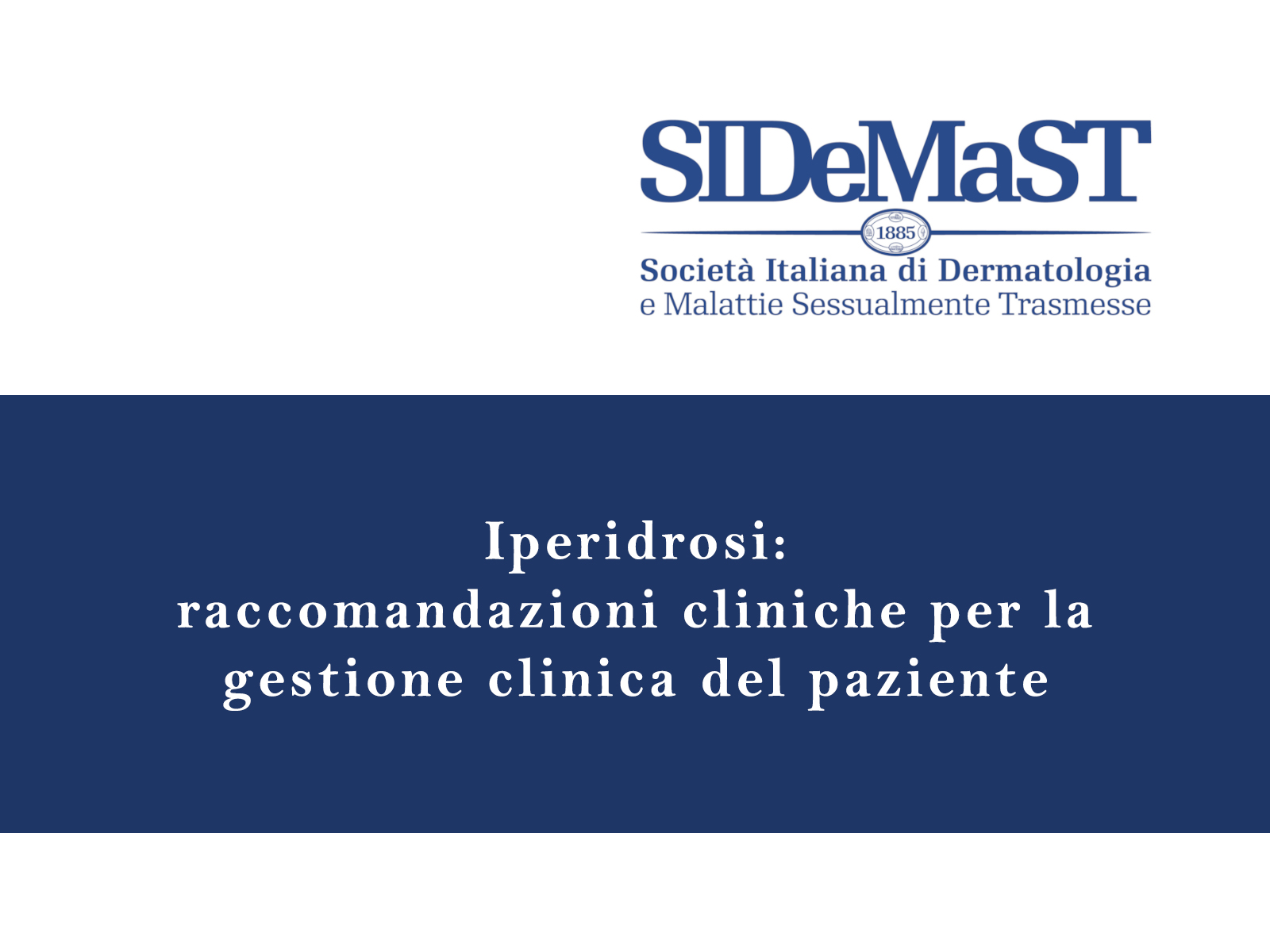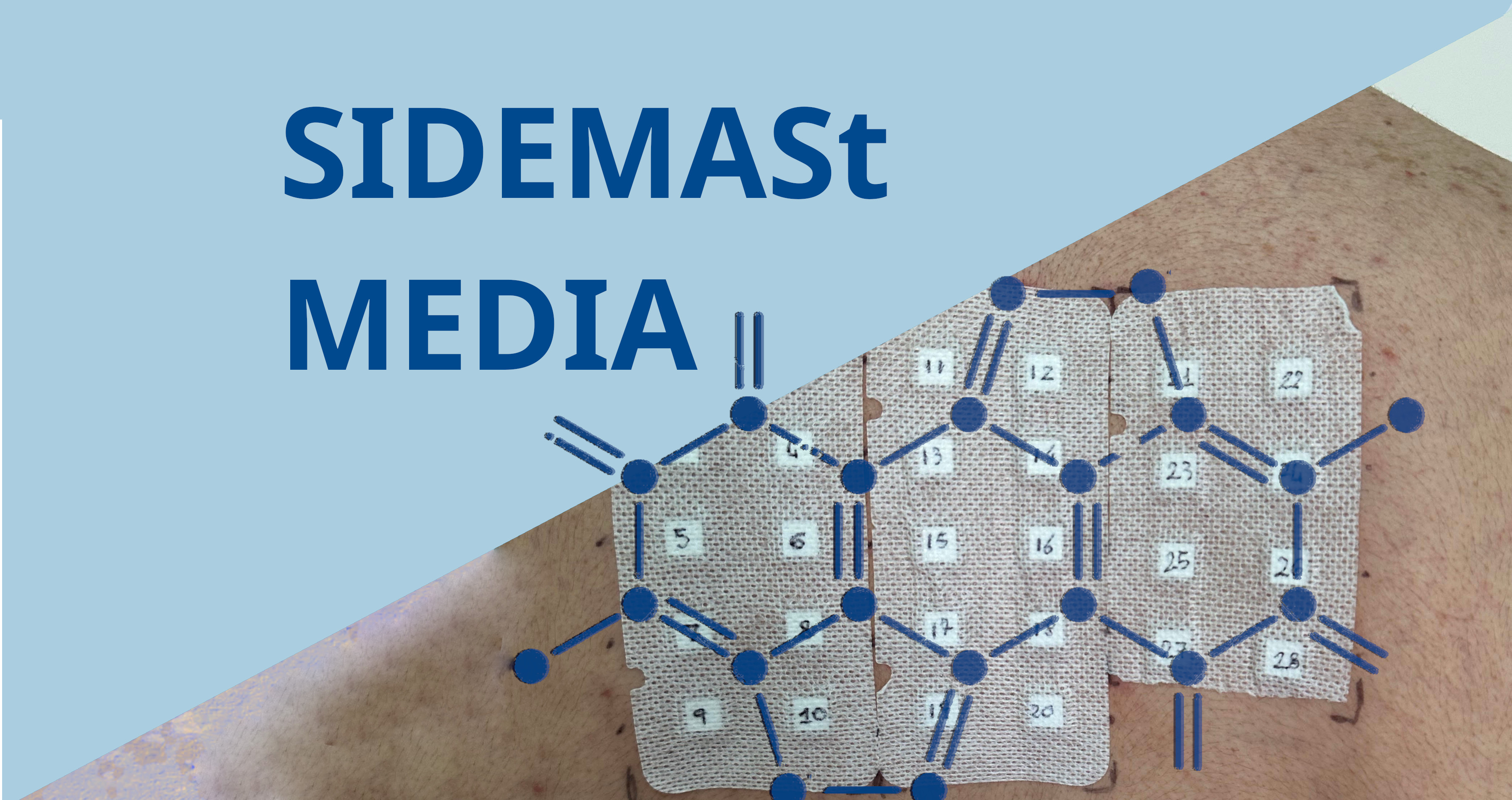Over 52 weeks, oral apremilast demonstrated clinically meaningful improvements in physical function in patients with active psoriatic arthritis who were treatment-naïve for disease-modifying antirheumatic drugs (DMARDs), researchers stated here on November 16 at the 2014 Annual Scientific Meeting of the American College of Rheumatology/Association of Rheumatology Health Professionals (ACR/ARHP).
Apremilast-mediated inhibition of phosphodiesterase 4 is instrumental in regulating the immune response that drives inflammation and skin disease in psoriatic arthritis, explained lead investigator Alvin Wells, MD, PhD, Rheumatology and Immunotherapy Center, Franklin, Wisconsin.
Dr. Wells and colleagues analysed the results of 4 multicentre, double-blind clinical trials dubbed Psoriatic Arthritis Long-term Assessment of Clinical Efficacy (PALACE). The 52-week PALACE 4 trial (NCT01307423) involved patients with active psoriatic arthritis who had not been treated previously with DMARDs.
Patients were randomised (1:1:1) to a 24-week, twice-daily oral treatment with placebo, apremilast 20 mg (n = 132), or apremilast 30 mg (n = 139). If joints had not improved by ?20% at week 16, patients receiving placebo were re-randomised (1:1) to the 20 mg or 30 mg dose of apremilast or, if already receiving apremilast, were continued at the same dose. At week 24, all patients still receiving placebo were re-randomised to either of the apremilast doses for an active treatment phase up to 52 weeks.
The primary endpoint was the modified American College of Rheumatology criteria for 20% improvement at week 16 (ACR20). Secondary endpoints included physical function assessed using the Health Assessment Questionnaire-Disability Index (HAQ-DI) and 36-item Short-Form Health Survey version 2 (SF-36v2) Physical Function (PF) domain and physical component summary (PCS) scores, signs/symptoms of psoriatic arthritis, and patient-reported outcomes. The study determined proportions of patients initially randomised to treatment with 1 of the doses of apremilast who achieved minimum clinically important difference thresholds at week 52 for HAQ-DI and SF-36v2 PF and PCS.
The primary endpoint was met, with ACR20 evident in significantly more patients treated with apremilast than with placebo.
Mean change in HAQ-DI from baseline to week 16 was 0.03 for placebo, -0.17 for apremilast 20 mg (1.12 at baseline), and -0.21 for apremilast 30 mg (1.09 at baseline). The treatment values were significant (P = .0008 and < .0001, respectively). Among patients who were treated with apremilast continuously through 52 weeks, sustained improvement in HAQ-DI was observed. Mean change in HAQ-DI at week 52 was -0.32 for apremilast 20 mg and -0.39 for apremilast 30 mg. Clinical important change in HAQ-DI was evident in 56.8% and 59.0% of patients receiving 20 mg and 30 mg apremilast daily, respectively, with 48.5% and 48.9% of the respective patients achieving even more profound clinical change.
The mean baseline SF-36v2 PF of 35.8 for the apremilast 20 mg arm and 35.6 for the apremilast 30 mg arm changed by 4.61 and 6.41, respectively, by week 52. Clinically meaningful change was evident in 56.7% of patients in both arms.
The mean baseline SF-36v2 PCS (35.6 and 36.4, respectively) changed by 5.55 and 6.67, respectively, at week 52. Clinically meaningful change was evident in 60.6% and 69.1% of the respective patients.
Compared with the preceding PALACE trials, no new safety and tolerability signals were evident. There were fewer adverse events and serious adverse events than in the prior PALACE trials. The most common adverse events reported during the placebo-controlled period were nausea (12.6%), diarrhoea (9.4%), and headache (6.0%). This pattern continued up to 52 weeks.
The data from PALACE 4 were pivotal in securing US Food & Drug Administration approval in March 2014 for apremilast for the treatment of adults with active psoriatic arthritis.









